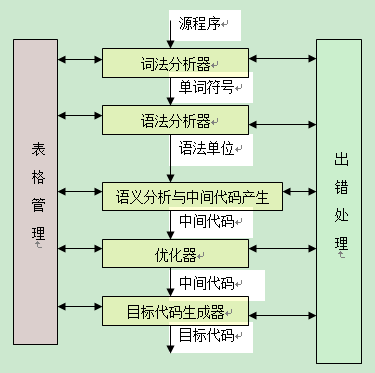I have the following problem and I need to know if there´s a way to fix it.
I have a client who was cheap enough to decline buying a backup plan for his postgreSQL databases on the main system that runs his company and as I thought it would happen some day, some OS files crashed during a blackout and the OS needs to be reinstalled.
This client didn't have any backups of the databases but I managed to save the PostgreSQL main directory. I read that the databases are stored somehow inside the data directory of the postgres main folder.
My question is: Is there any way to recover the databases from the data folder only? I am working in a windows environment (XP service pack 2) with PostgreSQL 8.2 and I need to reinstall PostgreSQL in a new server. I would need to recreate the databases in the new environment and somehow attach the old files to the new database instances. I know that's possible in SQL Server because of the way that engine stores the databases but I have no clue in postgres.
Any ideas? They would be much appreciated.
If you have the whole data folder, you have everything you need (as long as architecture is the same). Just try restoring it on another machine before wiping this one out, in case you didn't copy something.
Just save the data directory to disk. When launching Postgres, set the parameter telling it where the data directory is (see: wiki.postgresql.org). Or remove original data directory of the fresh installation and place the copy in its place.
This is possible, you just need to copy the "data" folder (inside the Postgres installation folder) from the old computer to the new one, but there are a few things to keep in mind.
First, before you copy the files, you must stop the Postgres server service. So, Control Panel->Administrative tools->Services, find Postgres service and stop it. When you're done copying the files and setting permissions, start it again.
Second, you need to set the permissions for the data files. Because postgres server actually runs on another user account, it will not be able to access the files if you just copy them into the data folder, because it will not have permissions to do so. So you need to change the ownership of the files to the "postgres" user. I had to use subinacl for this, install it first, and then use it from command prompt like this (first navigate to folder where you installed it):
subinacl /subdirectories "C:\Program Files\PostgreSQL\8.2\data\*" /setowner=postgres
(Changing ownership should also be possible to do from the explorer: first you must disable "Use simple file sharing" in Folder options, then a "Security" tab will appear in the folder Properties dialog, and there are options there to set permissions and change ownership, but I wasn't able to do it that way.)
Now, if the server service can't start after you start it manually again, you can usually see the reason in the Event viewer (Administrative tools->Event viewer). Postgres will throw an error event, and inspecting it will give you a clue about what the problem is (sometimes it will complain about a postmaster.pid file, just remove it, etc.).
I do so but the most tricky part was to change the owner permission:
- go to services from administative tools
- find postgres service and double click on it
- at log on tab change to local system
- then restart
The question is very old, but I want to share an effective method that I found.
If you have not got a backup with "pg_dump" and your old data is folder, try the following steps.
In the Postgres database, add records to the "pg_database" table. With a manager program or "insert into".
Make the necessary check and change the following insert query and run it.
The query will return an OID after it has worked. Create a folder with the name of this number. Once you have copied your old data into this folder, the use is now ready.
/*
------------------------------------------
*** Recover From Folder ***
------------------------------------------
Check this table on your own system.
Change the differences below.
*/
INSERT INTO
pg_catalog.pg_catalog(
datname, datdba, encoding, datcollate, datctype, datistemplate, datallowconn,
datconnlimit, datlastsysoid, datfrozenxid, datminmxid, dattablespace, datacl)
VALUES(
-- Write Your collation
'NewDBname', 10, 6, 'Turkish_Turkey.1254', 'Turkish_Turkey.1254',
False, True, -1, 12400, '536', '1', 1663, Null);
/*
Create a folder in the Data directory under the name below New OID.
All old backup files in the directory "data\base\Old OID" are the directory with the new OID number
Copy. The database is now ready for use.
*/
select oid from pg_database a where a.datname = 'NewDBname';




